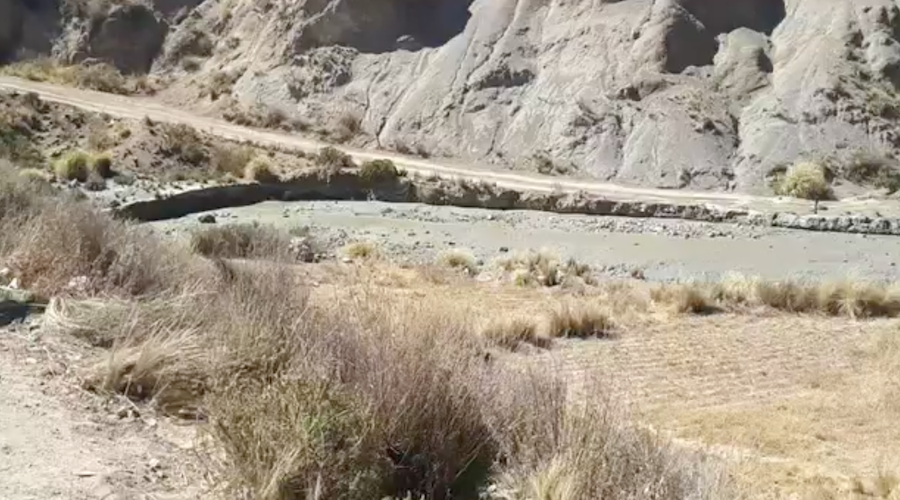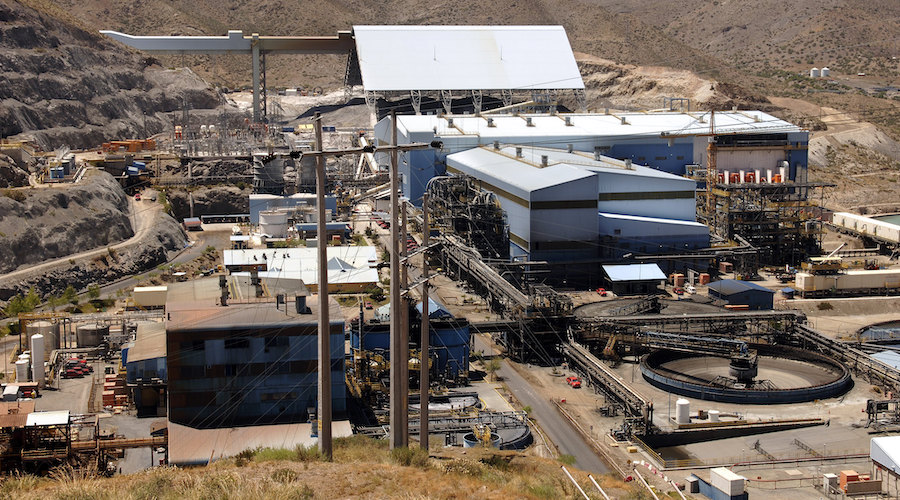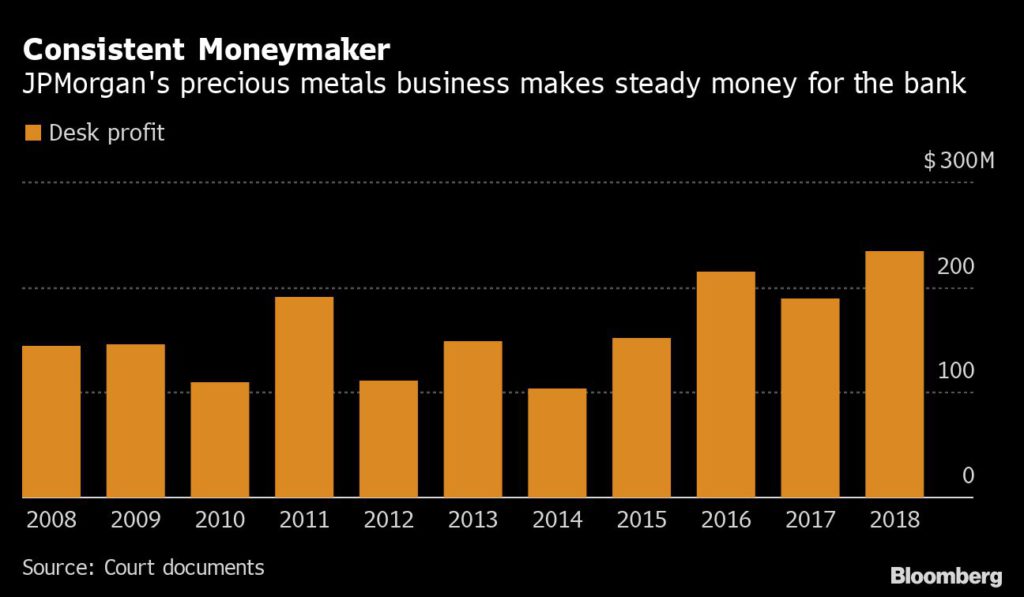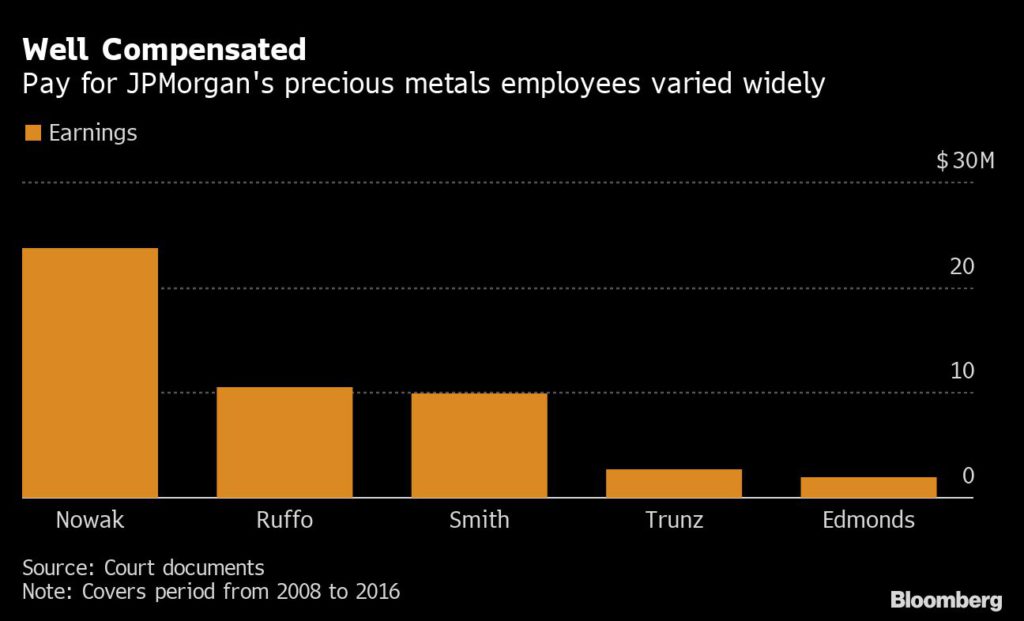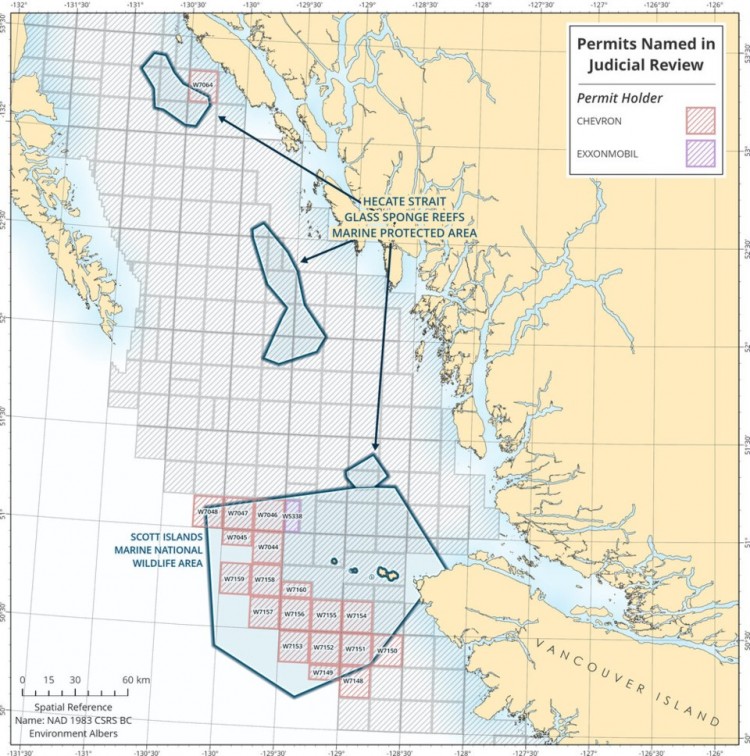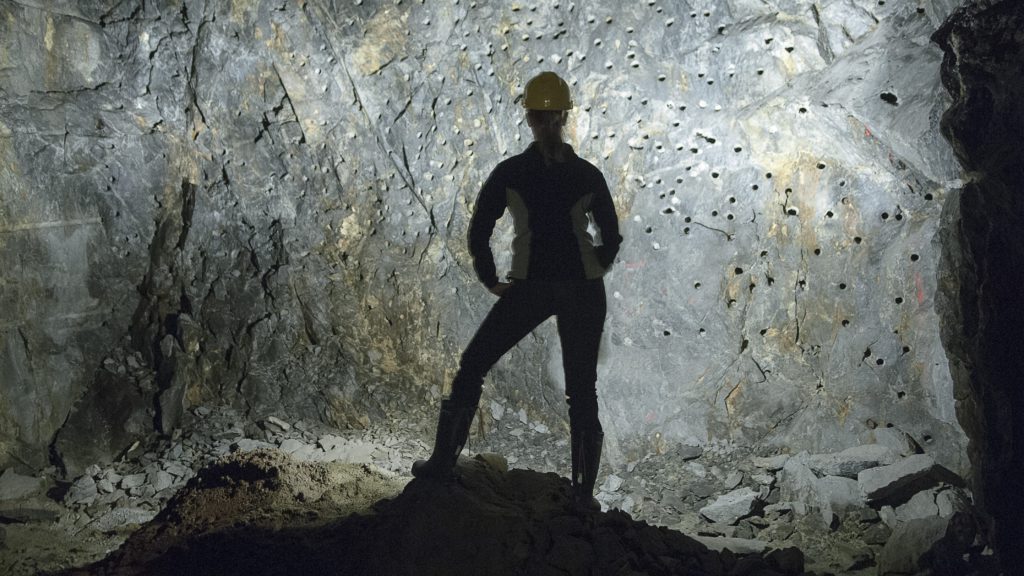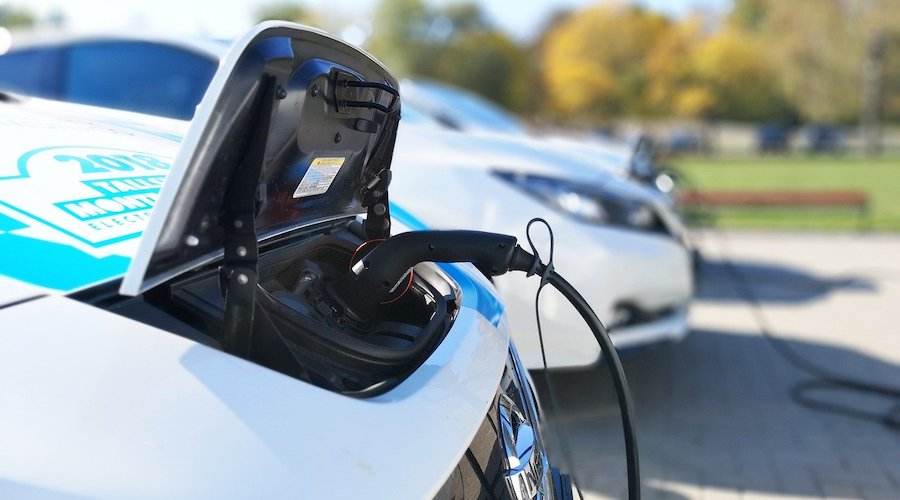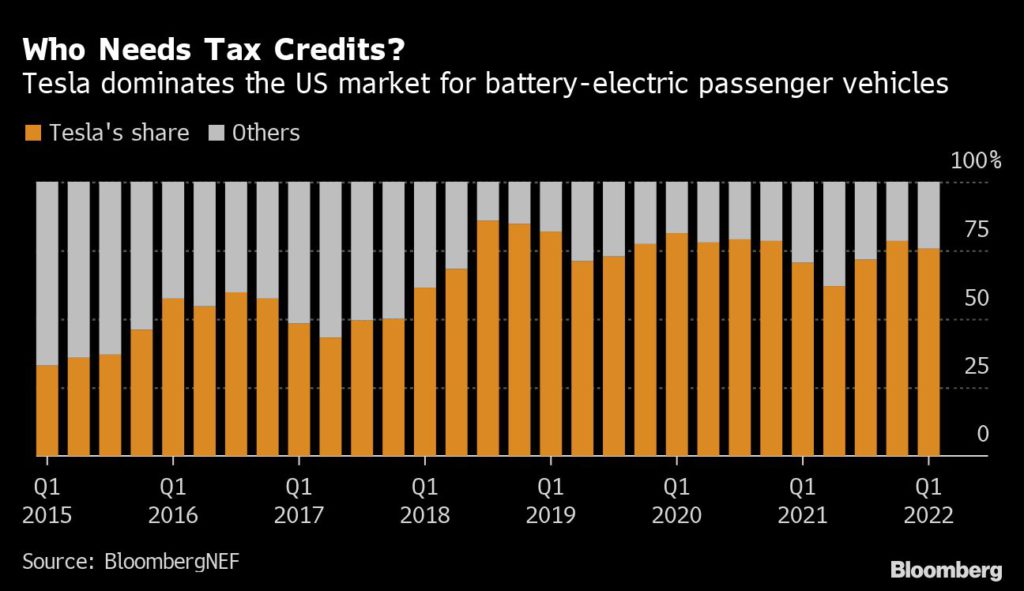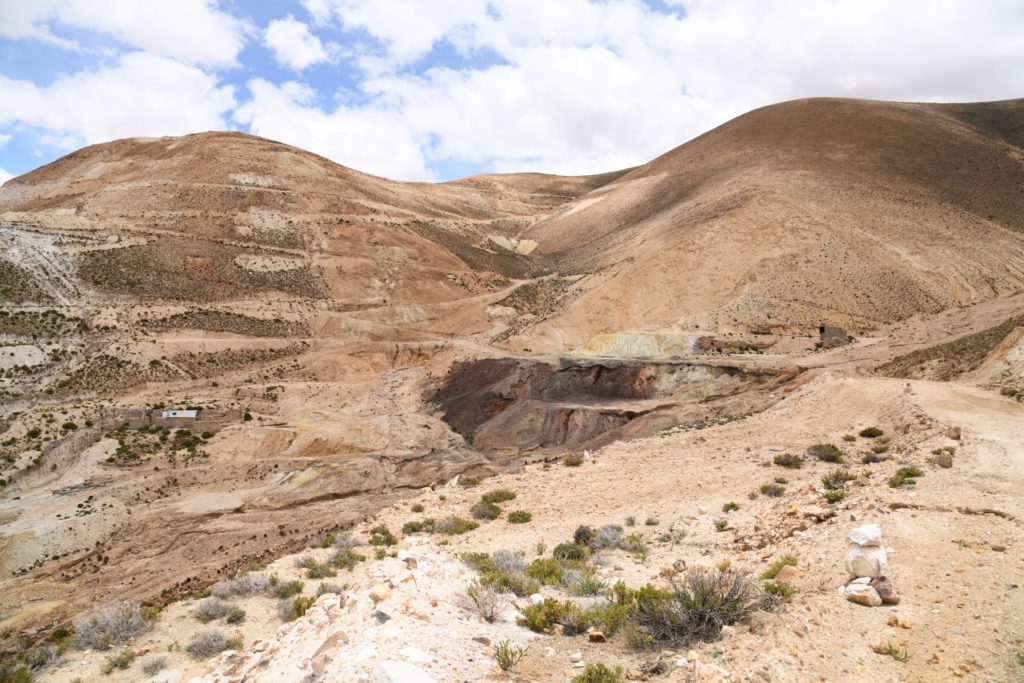“Mining companies have been prioritizing their bottom line over investing in safety and resiliency for too long,” said Jan Morrill of Earthworks.
Reuters | July 29, 2022 |
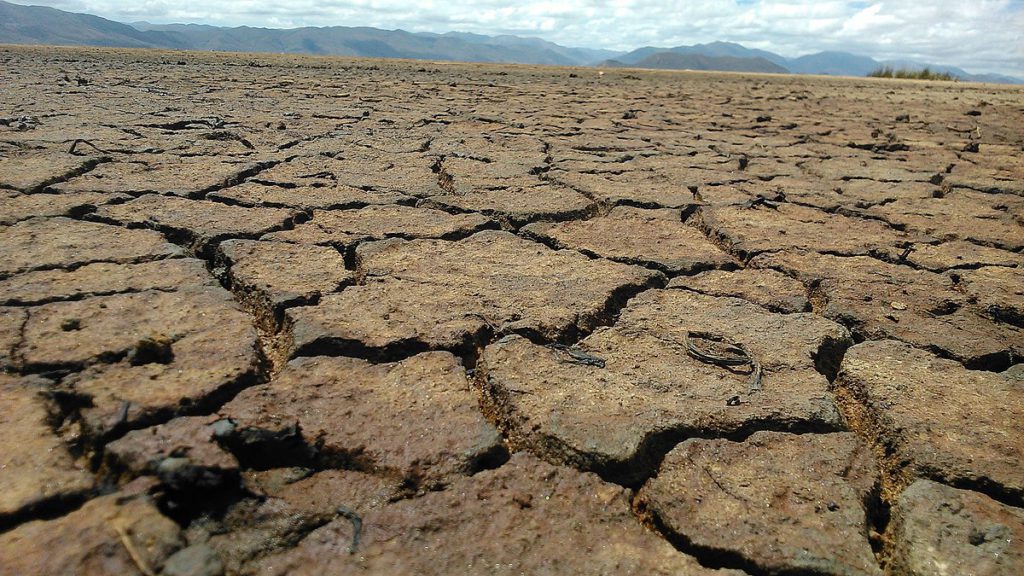
Heavy rainfalls, withering droughts and other extreme weather patterns across the globe are denting miners’ profits and crimping supply of iron ore, copper and other widely-used minerals as climate change roils yet another industry.

It is an unusual situation for companies that have experience operating anywhere in the world, include miles underground and at the tops of mountains and in places where temperatures often range from 100 degrees Fahrenheit (38°C) to 0F (minus 18°C).
But the first part of 2022 saw the mining industry – parts of which have long faced criticism for how coal production affects climate patterns – contend with a raft of weather-related incidents entirely outside its playbook. Executives detailed their weather-related troubles in earnings reports this week and warned they are likely to continue.
“We are reviewing a few different scenarios to adjust to the likelihood that there are further strange weather patterns,” said Lundin Mining Corp Chief Executive Peter Rockandel.
Lundin cut its 2022 copper production forecast after heavy rains dented production at its Chapada mine in Brazil, a facility that as recently as 2019 was contending with drought.
Anglo American Plc slashed its dividend after torrid rains hurt its iron ore production in Brazil during the first half of the year, coal mining in Australia and platinum mining in South Africa.
“The extremes that we saw in quarter one of this year outpaced all reasonable forecasting ability that we had,” said Anglo CEO Duncan Wanbald.
Rio Tinto Ltd’s iron ore shipments from Australia’s Pilbara region fell 2% in the first half of the year compared with the same period in 2021, partly due to “significantly higher than average rainfall in May.”
Rio also said titanium dioxide production slipped in Madagascar amid one of the worst cyclone seasons in that country since 2008.
With inflation and high energy costs already biting into companies’ cash reserves, the disruptions caused by extreme weather are even more evident.
“When markets are tight, these things just become a lot more material … but there is not a lot you can do,” analyst Ben Davis at broker Liberum said.
The cost of weather extremes is also measured in human lives. In Burkina Faso, unexpectedly heavy rains during the dry season caused flash floods at Trevali Mining Corp’s zinc mine in April, killing eight miners who were trapped underground.
Brazil’s Vale SA, one of the world’s largest iron ore miners, said its output of the steel-producing mineral dropped in the first three months of the year due to torrential rains. Glencore warned that flooding could dent its Australian coal production this year.
Sibanye Stillwater Ltd shuttered its Montana platinum mines last month after mountain snow rapidly melted amid unusually warm weather, causing runoff that took out several key roads and bridges.
ArcelorMittal SA said steel production at its South Africa’s unit fell nearly a third during the first half after severe flooding in the KwaZulu-Natal province damaged rail lines.
Drought
In Chile, the world’s largest copper producer, miners have faced an ongoing water crisis due to historic drought that has lasted more than a decade and only grown worse this year. Antofagasta Plc, one of the country’s largest copper miners, expects its production of the red metal to fall this year due to that drought.
Water is essential in copper production, used abundantly to separate the mineral from its ore and in subsequent steps. To counter water shortages, many mining companies desalinate ocean water and use it in their processes.
Earthworks, an environmental group that tracks the mining industry, said mining companies must do more to fund infrastructure improvements amid the changing climate.
“Mining companies have been prioritizing their bottom line over investing in safety and resiliency for too long,” said Jan Morrill of Earthworks.
(By Clara Denina, Helen Reid, Nelson Banya, Gabriel Araujo, Ernest Scheyder and Praveen Menon; Editing by Marguerita Choy)
